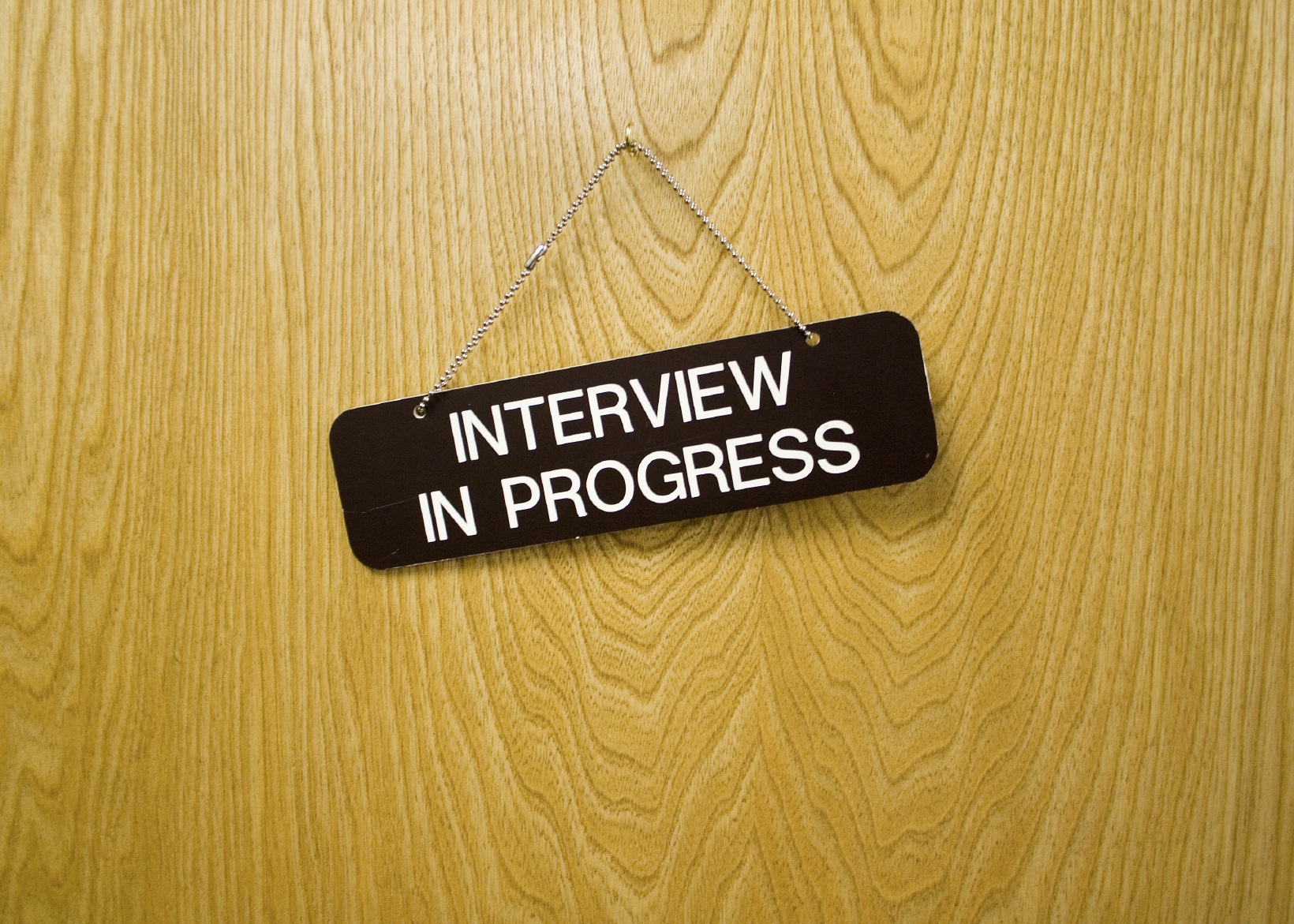Interview Preparation – Step Three: Practice & Rehearse

Taking the time to prepare, practice and rehearse now sounds basic, but you would be amazed at how many candidates simply do not take the time to do so. In the first step of interview preparation, I discussed the importance of research, followed by taking a proactive approach. This third step discusses the science behind essential practice and rehearsal for interviews.
When you lay your groundwork, you should prepare assumptions on the type of questions you will be asked and you should be very clear about how you will answer those questions. This puts you on the offensive, not the defensive, which is what makes most candidates nervous or anxious about interviewing. Without practice, you can be easily thrown off, which is just not necessary. Furthermore, you must rehearse – practice in answering these questions out load, in front of a mirror, or better yet video tape yourself or have someone video tape you. This exercise can be truly telling.
There are essentially four areas of focus that will drive the interview – your introduction, strengths, weaknesses and compensation. So, what else do you need to know about practicing and rehearsing for interviews that helps lead to successful outcomes?
Nail Your Introduction
This is the “tell me about yourself” question, also known as your elevator pitch or two-minute introduction, and it is usually the very first question you will be asked. Although it may seem easy to answer, many executives struggle to thoughtfully, concisely and substantively answer this leading question. Your response to this question should be only a couple of minutes and cover your professional past, where you are now and where you see your future. The present gets the least amount of time, with more time being spent on your past, but even more on your future.
You need to practice and rehearse this introduction for each and every interview. This is to be tweaked by the situation and opportunity at hand. There is not one introduction for all situations. It must be customized in order to be effective and deliver value. This will set your first impression and the tone for the rest of the interview. Do not underestimate how critical it is to prepare, practice and rehearse for this two minute window.
Introduction Components
Not to make it complicated, but there are four sections with your introduction – a “headline”, your past, the present, the future and questions which all have a supreme focus on your part. The headline is just a couple of words that describe you. This can be by title, industry or function, such as “I am a _____”. This sets the tone for how your see yourself, as well as how the interviewer sees you.
After your headline, share a very brief summary of your career. This should be less than a minute and ideally half of that. Reduce the temptation to go pandering on about your past – simply stick to the highlights. Be assured, the interviewer will ask you more if they really want to know more. Then, the most brief of all of the sections is your present situation. This should only serve as the connection between your past and future. This is one simple sentence as to why you are interested in the opportunity or why you are looking for your next opportunity. If you are in transition, you should be prepared to explain why. I suggest use as few words as possible, while sticking to the facts and remaining tactful.
The majority of meat of the discussion should be on the future. This is your window of opportunity to state why you are interested in the role – what you find compelling out about it, why you are motivated by it, or if not a live role, talking about your ideal role and/or industry. You may even elude to the fact that you are in discussions with other organizations. This statement can position you as though you are highly sought after by other competitors.
Lastly, you wrap up with an open-ended question to the interviewer…not a question that will draw a “yes” or “no” answer. This thoughtfully prepared question can accomplish a number of different objectives – keep the conversation going, engage the interviewer, mitigate an uncomfortable pause in the conversation, or give the interviewer opportunity to speak or ask you a question. If handled well, the interview should more easily progress from there.
Now you are ready to handle the volley of further questions posed throughout the interview. Ensure you have practiced questions to follow on from the interviewer’s questions. Try to engage the interviewer so you are able to ask them thoughtful questions about their business challenges, opportunities or competitive landscape. You will find that you are then positioned to offer solutions and in turn naturally reinforcing your value.
There are a myriad of interview questions that run the range of seeming very easy to rather uncomfortable or complicated…not a few but tens upon tens of questions that can be posed to you in an interview and those that you should be asking of the interviewer. As Summit works with our clients and each and every one of these potential questions, I encourage you to find resources that help you prepare. You must be absolutely clear and articulate. In turn, you will be far more confident in the interview and realize more positive results!
Comments